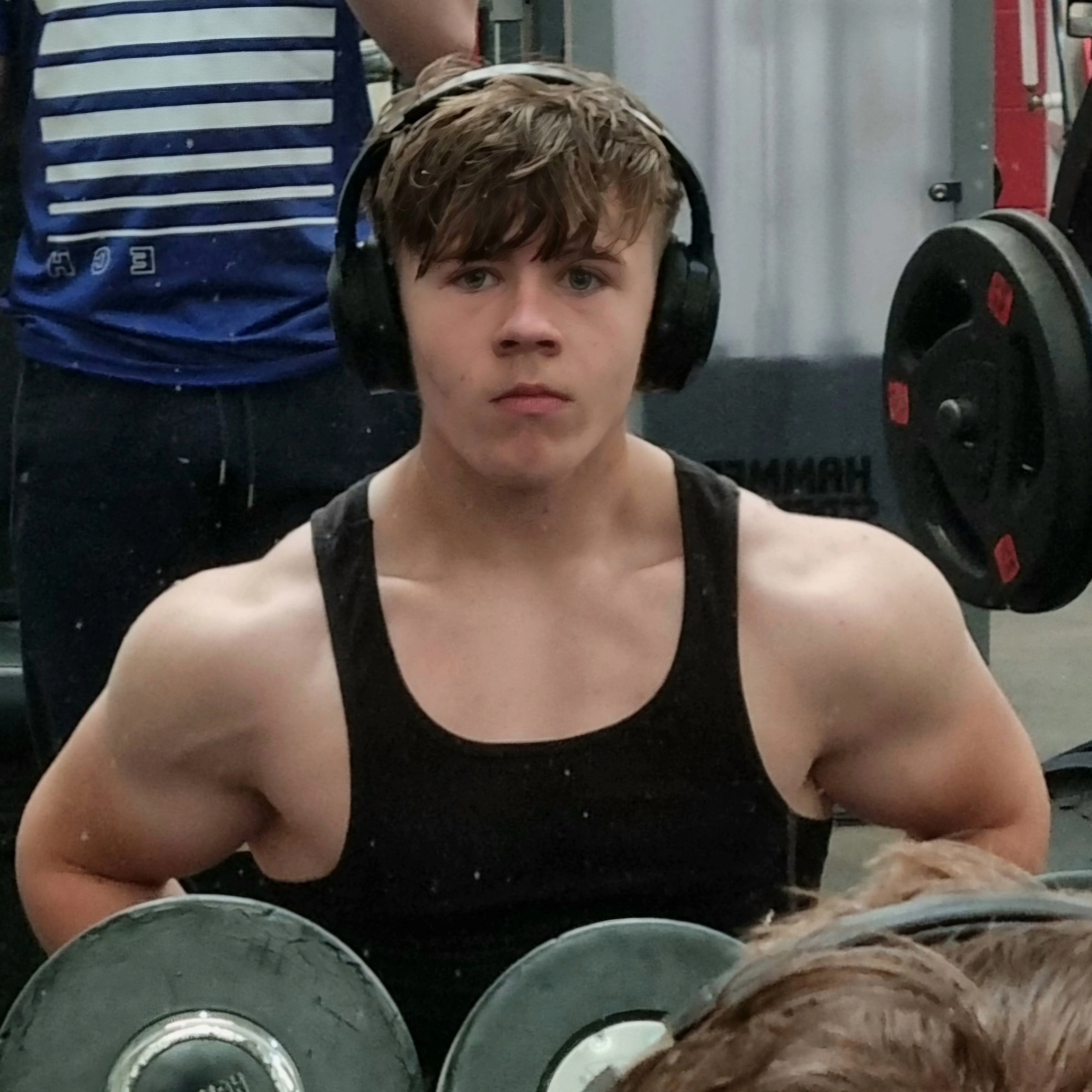PMT
Cards (49)
- What is crude oil?
- Why is crude oil considered a finite resource?
- What is a hydrocarbon?
- What are alkanes?
- What defines a homologous series?
- Describe the combustion of hydrocarbons.
- Describe the physical properties of alkanes.
- Explain how fractional distillation of crude oil takes place.
- What is cracking?
- What type of reaction is cracking?
- What are the conditions for cracking?
- How are the products of cracking used?
- What is an alkene?
- What is the general formula for alkenes?
- What is the test for alkenes?
- Describe the combustion of alkenes.
- Describe addition reactions of alkenes.
- What is an alcohol?
- State characteristics of methanol, ethanol, propanol, and butanol.
- What does oxidation of alcohols lead to?
- What are some uses of alcohols?
- What are the conditions required for fermentation of glucose?
- What is the equation for fermentation of glucose?
- What are carboxylic acids?
- State characteristics of carboxylic acids.
- What are the conditions required for fermentation of glucose?
- What is the equation for the fermentation of glucose?
- What are carboxylic acids?
- What are the characteristics of carboxylic acids?
- What type of acid is a carboxylic acid?
- Why are carboxylic acids considered weak acids?
- What is an ester and how is it formed?
- What is characteristic about esters?
- What is a polymer?
- How do molecules containing C=C bonds form polymers?
- What is the reaction called when forming addition polymers?
- What is a repeating unit of a polymer?
- How do you draw the repeating unit of addition polymers?
- What is a condensation polymer?
- What happens during condensation polymerisation?
